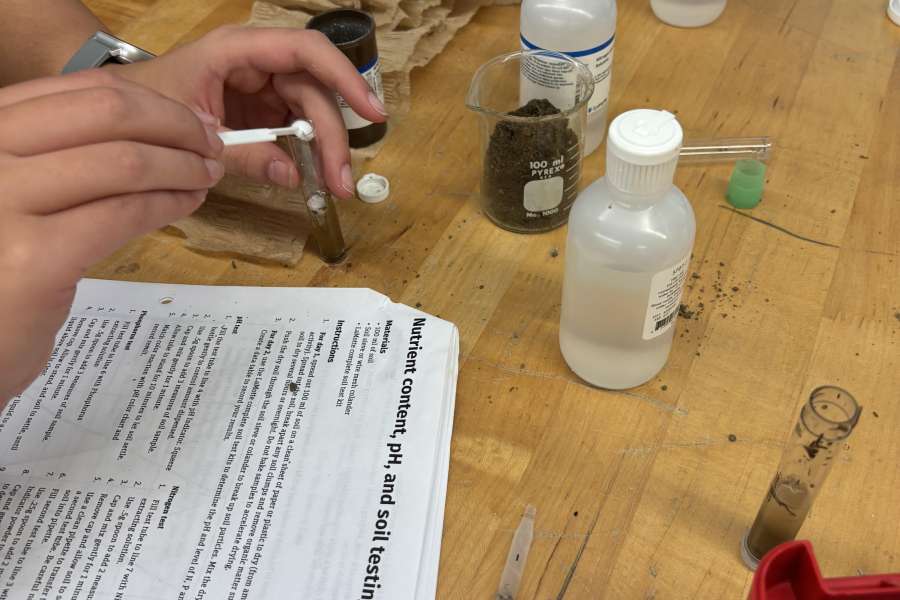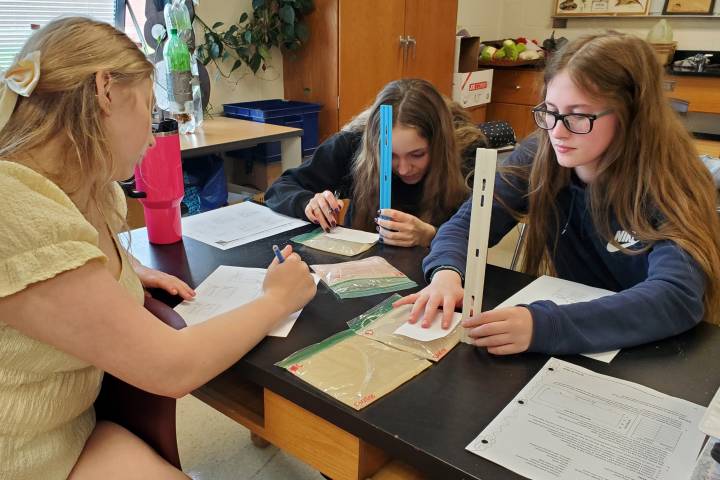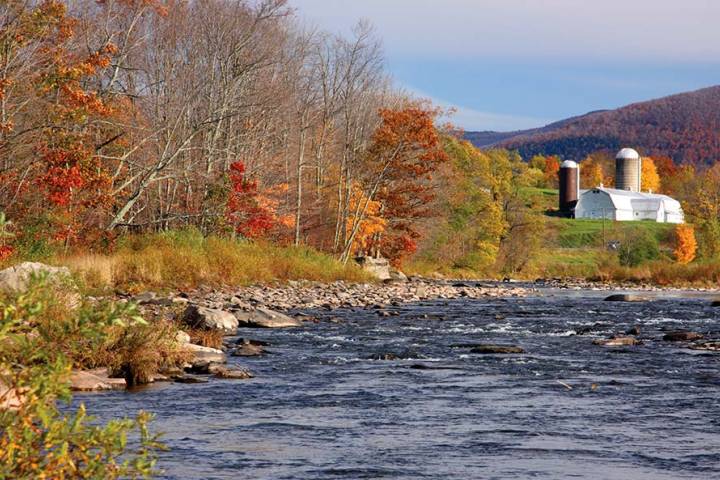Feed the World is your one source for curriculum, news, giveaways, workshop information, and other classroom resources brought to you by your friends at Ohio Corn & Wheat.
Check out the latest from Feed the World
Northmor Students Test Backyard Soil to Understand Agricultural Science
Kaitlyn Wasilewski, an agriculture education teacher at Northmor Local Schools in Galion, …
More news stories
New Teacher Finds Essential Support Through Feed the World Workshop
Shadayah Lawrence, …
Heather Gilliland Bridges Agriculture and Science Education
Heather Gilliland …
Explore our free curriculum
Water quality
How does the production of corn affect water quality? How is water quality tested?
Energy and ethanol
What is ethanol? How much corn is dedicated to ethanol production? Why should corn be used to produce ethanol?
Did you know?
Ethanol helps to produce cleaner air.
The use of fuels containing ethanol blends reduce toxic tailpipe emissions by up to 50%.
Edge-of-field testing is vital for environmental stewardship.
More than $1 million is being invested by Ohio’s agricultural organizations to conduct on-farm, edge-of-field testing to determine exactly how nutrients are getting into Ohio’s waterways.
Ohio corn is used for more than food.
Ohio corn is used for feed, fuel, and other renewable products.
DDGs are a value-added food source.
Dried Distillers Grains with Solubles (DDGs), a co-product of ethanol production, are a nutrient-rich feed source for livestock.






